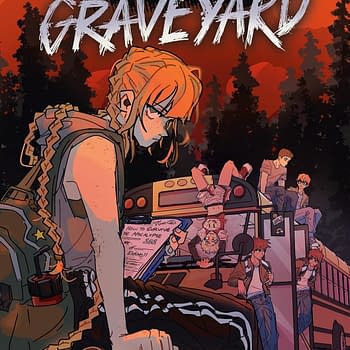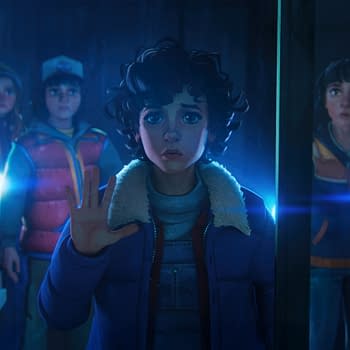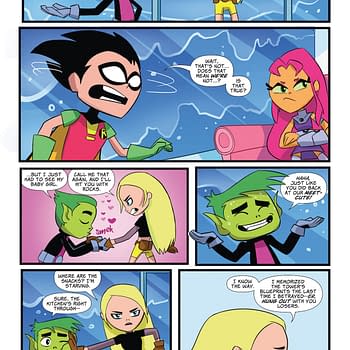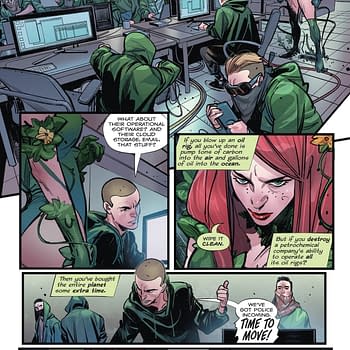How To Write Comics And Graphic Novels by Dennis O'Neil #8 — Bester

During my first stint as a card-carrying, full-time comic book editor entitled to health benefits, personal days and my own invitation to the office Christmas party, I screwed up. I thought that the bossfolk had hired me because they thought I could write and therefore all I had to do was make the work of the writers I hired indistinguishable from my own. Which was dunderheaded.
That approach wasn't dunderheaded when I, a beginner, was being edited by Stan Lee and Roy Thomas in Marvel's salad days, the mid-60s, because what was making Marvel a publishing phenomenon was Stan's way of doing the work and that included his writing. But later, when I was dubbed Ye Editor at another company, in another era, really, there was no house style. Each of the several editors had his/her own methods and the books they produced were not all governed by a single sensibility So the editorial task was simply to get the best possible stuff from the creative people, given whatever limitations and restrictions were established. To cram another's prose into the procrustean bed of my own productions was to get, at best, third rate O'Neil when what we should have wanted was first rate (fill in the name of some poor freelancer whose labor was massacred by the younger and dumber me.)
Editing is a complex, difficult, stressful, and often frustrating profession and no two editors seem to do it alike. I guess that over the past 50 years I've worked for about 100 different editors in various media, of which maybe a dozen were at the top of their game, none of who had the same methodology. How, for example, did Louise Simonson and Dick Giordano extract good scripts from their scribblers without ever, to my memory, issuing direct instructions? Watch me shrug and get on to the two points I want to make in conclusion:
Point the first: Editing is, among other things, a helping profession, like teaching or nursing. The editor's task, when dealing with writers, is to help them, and that means correcting their mistakes so they don't put foolishness into print and thus appear to be less than the sharpest tacks in the corkboard. Such mistakes might range from simple missspellings* to breeches in the inner logic of a plot. Your job, Mr./Ms. Editor, is to make your subordinates look good.
And point the second: It's not about being able to exert your will and whims on others, and that's why individuals who most covet big offices might not be well suited to occupying them. There's a quote from the late, great Alfred Bester that I cherish: Among professionals, the job is boss. Which means that you are not as important as the story and neither are your writers. Of course, the story wouldn't exist without them, and I'm not suggesting that we eliminate editors from the process, either; it's nice having a backstop. But getting the best possible story, given constraints of talent and circumstance–that's the prize.
Dennis O'Neil teaches a ten week course on Writing Comics And Graphic Novels at the New York University. Classes are every Wednesday evening from 6.45pm to 9pm. For further information, please call NYU's School of Professional and Continuing Studies at Studies at 212 9987200.
(*Like I'm even going to try to edit this – Editor Cut-And-Paster Rich)
















